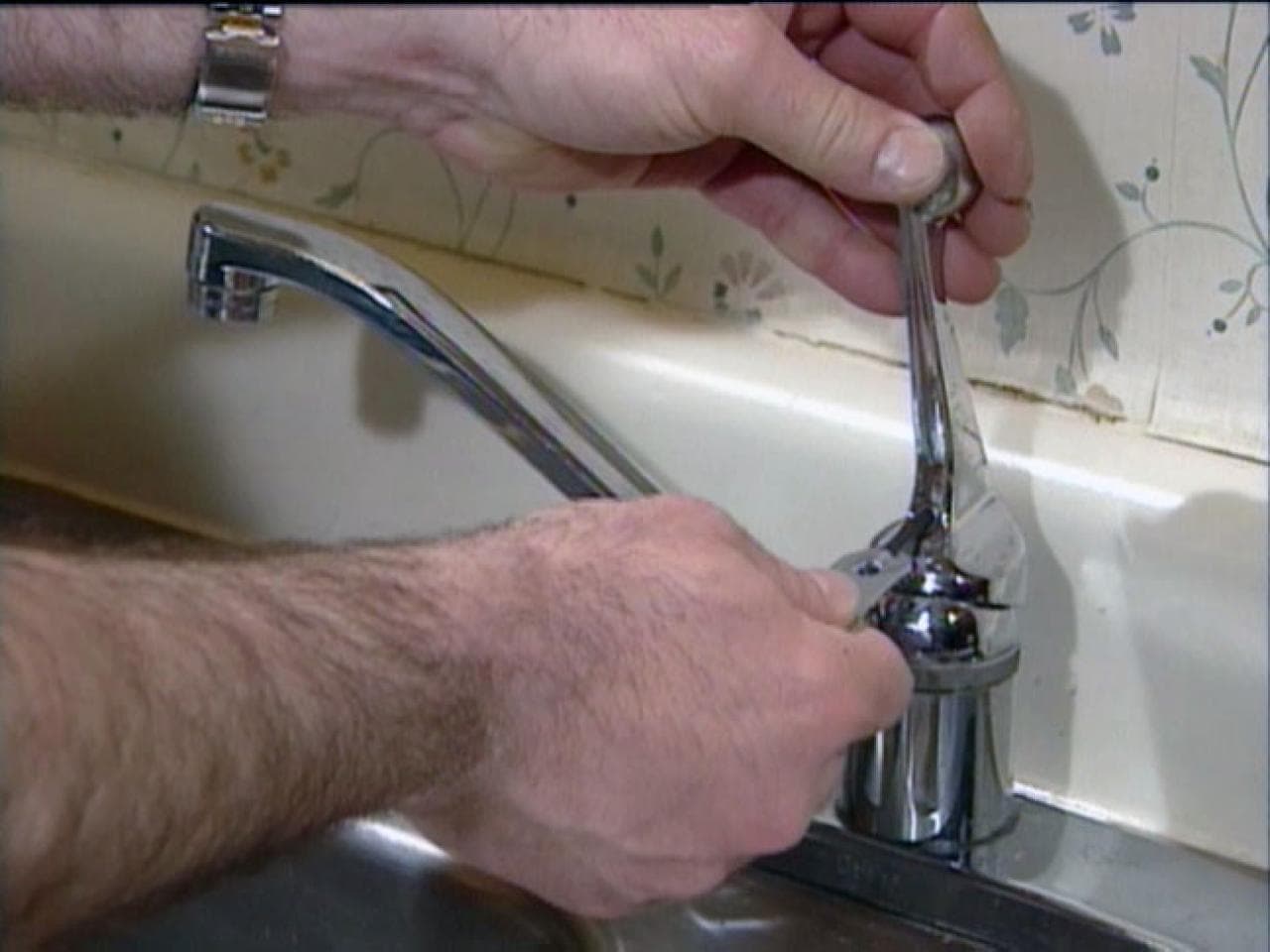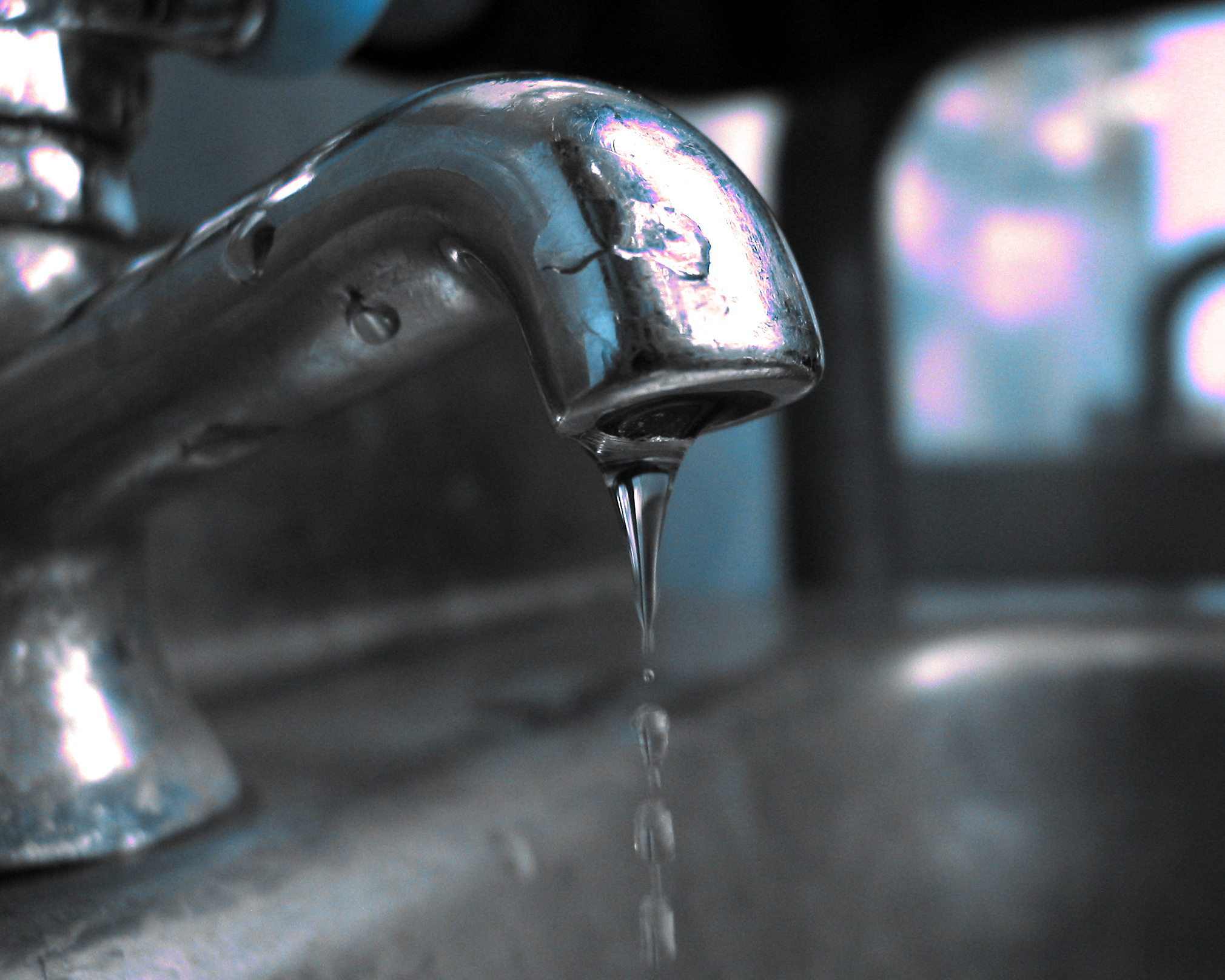We have uncovered this article relating to Why Are My Faucets Dripping (And Can I Fix It Myself)? directly below on the web and accepted it made perfect sense to quickly share it with you on this site.

Trickling faucets might seem like a small trouble, however their impact exceeds just the aggravation of the noise. From wasting water to sustaining unnecessary monetary costs and wellness risks, neglecting a dripping tap can lead to different effects. In this short article, we'll look into why it's essential to resolve this usual household problem without delay and effectively.
Wastage of Water
Environmental Influence
Trickling taps contribute considerably to water waste. According to the Epa (EPA), a solitary tap leaking at one drip per secondly can lose more than 3,000 gallons of water per year. This not only stress water sources but additionally impacts ecosystems and wild animals depending on them.
Step-by-Step Guide to Taking Care Of a Dripping Faucet
Devices Called for
Before attempting to fix a trickling tap, gather the necessary devices, including an adjustable wrench, screwdrivers, replacement components (such as washers or cartridges), and plumber's tape.
Usual Faucet Issues and Their Solutions
Recognize the type of tap and the particular concern causing the drip. Usual problems include damaged washers, corroded valve seats, or faulty O-rings. Refer to supplier instructions or on the internet tutorials for detailed guidance on repair work.
Financial Expenses
Boosted Water Expenses
Beyond the environmental impact, leaking taps can pump up water bills considerably. The built up waste over time translates into higher energy costs, which can have been prevented with timely repairs.
Potential Residential Or Commercial Property Damage
Furthermore, prolonged trickling can lead to damage to fixtures and surfaces bordering the tap. Water accumulation can create discoloration, corrosion, and even structural issues if left ignored, resulting in additional repair prices.
Wellness Worries
Mold And Mildew and Mildew Growth
The consistent existence of wetness from a trickling faucet creates a perfect atmosphere for mold and mildew growth. These fungi not just endanger indoor air high quality however additionally posture wellness risks, specifically for individuals with respiratory system conditions or allergies.
Waterborne Illness
Stationary water in leaking taps can come to be a breeding place for germs and other microorganisms, enhancing the risk of waterborne diseases. Contaminants such as Legionella microorganisms grow in stationary water, potentially resulting in serious ailments when consumed or inhaled.
Do it yourself vs. Expert Repair
Pros and Cons of Do It Yourself Repair
While some may try to repair a trickling faucet themselves, do it yourself repair work feature their own set of challenges. Without appropriate knowledge and devices, DIY efforts can exacerbate the issue or result in insufficient repairs, extending the trouble.
Advantages of Hiring an Expert Plumber
Working with a specialist plumber ensures that the underlying cause of the trickling tap is resolved effectively. Plumbings possess the competence and devices to diagnose and repair tap concerns effectively, saving time and lessening the danger of additional damage.
Environmental Obligation
Private Contribution to Conservation
Taking duty for fixing dripping taps straightens with more comprehensive initiatives towards water conservation and ecological sustainability. Every individual's activities collectively make a substantial influence on maintaining valuable resources.
Sustainable Living Practices
By focusing on timely repairs and embracing water-saving habits, individuals add to lasting living techniques that profit both present and future generations.
Preventive Measures
Routine Maintenance Tips
To avoid trickling faucets, perform routine maintenance such as cleaning aerators, examining for leakages, and changing worn-out parts without delay. Additionally, think about setting up water-saving gadgets or upgrading to a lot more reliable components.
Value of Prompt Repair Works
Attending to leaking taps as soon as they're discovered avoids further water wastefulness and potential damage, ultimately saving both water and cash in the future.
Influence On Home Value
Assumption of Well-Maintained Home
Keeping a residential property in good condition, consisting of addressing maintenance issues like leaking taps, improves its viewed value and value amongst potential purchasers or lessees.
Impact on Resale Value
Qualities with well-maintained plumbing fixtures, including taps, command higher resale values in the real estate market. Dealing with leaking faucets can contribute to a positive impression during home assessments and settlements.
Final thought
Dealing with a dripping faucet surpasses plain comfort; it's a vital step towards saving water, reducing economic expenses, and safeguarding health and wellness and residential or commercial property. Whether via DIY fixings or expert assistance, acting to deal with leaking taps is a small yet impactful method to advertise liable stewardship of resources and contribute to a healthier, a lot more lasting future.
Most Common Reasons for a Leaky Faucet and How to Stop the Drip
Whether it’s your kitchen faucet leaking or a bathroom faucet leaking, one leaky faucet can waste anywhere from three to 30 gallons of water every single day. If the constant drip-drip-drip doesn’t get your attention, your water bill will. The good news is that, by following a few simple steps, chances are pretty good you can fix the problem yourself.
Why is it dripping?
Before you start taking things apart, let’s break down some of the most common causes of a leaky faucet.
Bad O-ring.
A cartridge is a valve that controls the flow of water into the faucet spout. On cartridge faucets there’s an O-ring—the little disc attached to the stem screw that holds the faucet handle in place. If it’s loose or worn-out, it can cause your sink handle to leak. Of course, the cartridge itself could be worn out. If that’s the case, make sure you replace it with the exact same kind.
Corroded valve seat.
The valve seat connects the faucet and the spout. If the leak seems to be coming from the spout, it might be because a buildup of water sediment has corroded the valve seat.
Worn-out washers or seals.
A leaky spout could be caused by a bad washer that rests against the valve seat. It’s just a matter of time before friction takes its toll. It could also be the wrong size washer or one that’s been installed incorrectly. Water sediments can also corrode inlet and outlet seals.
Water pressure.
If the faucet only drips now and then, or when you turn the handles a certain way, you should probably check your home’s water pressure.
Loose or broken parts.
The adjusting ring and packing nuts in the stream screw can become loose over time, causing your sink handle to leak. Try tightening or replacing the packing nut. If the leak is coming from the pipes underneath the sink, you probably have a broken pipe or fitting. If that’s the case, you should definitely call a plumber.
Know your faucet.
Faucets come in a variety of types. Each one has its own assembly—and its own possible causes of leaks. Learning about the four most common kinds of faucets will help you know how to take them apart and make any repairs.
How to stop a leaky faucet
Fixing that leaky faucet doesn’t have to take a lot of time, money, or expertise. It’s usually a simple matter of replacing a worn-out washer or gasket, a loose O ring, or another part. Chances are really good you can do this yourself if you follow these simple steps.
Shut off the water.
Before you tackle the faucet, cut off the water supply to the sink. There should be one valve for hot and one for cold. Hand-turn them clockwise with your hands till they close. If there are no valves under the sink, head to the basement and shut off the main water supply to the house. Then turn on the faucet until it empties out the water that’s still in the line and you’re ready to start. It’s a good idea to cover the sink drain with a plug or a rag so you don’t lose any small pieces and parts while you’re working.

Do you really like reading up on Why Are My Faucets Dripping (And Can I Fix It Myself)?? Place a remark down below. We will be glad to know your insights about this blog entry. We hope that you visit us again soon. Sharing is good. Helping people is fun. Thanks a bunch for your time. Return soon.
Comments on “The Value of Addressing a Faulty Faucet”